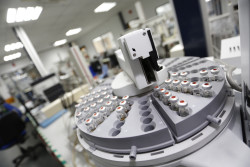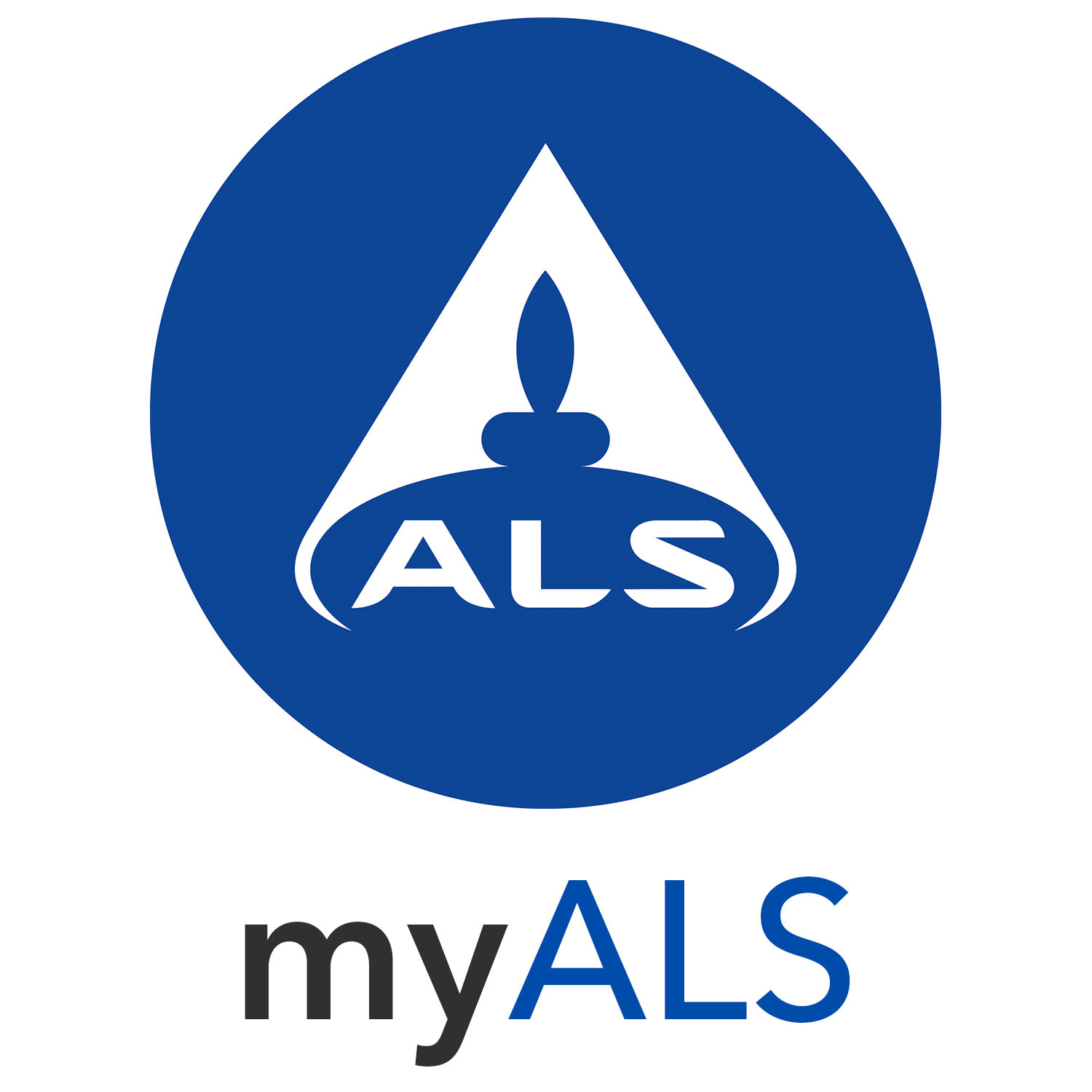TOP Assay analysis for Perfluorinated Compounds - Technical Update
Apr 11, 2018

Per – and Polyfluoroalkyl substances (PFAS) are very challenging from a risk assessment and remediation perspective because most constituents cannot be detected by conventional analytical methods
As a result of the growth of the synthetic chemical industry, over the last 50 years, thousands of new fluorinated molecules have become prevalent in the environment. A multitude of per- and polyfluoroalkyl substances (PFAS), valued for their ability to repel both water and oils, have been used for decades for diverse applications such as firefighting foams, water repellent "outdoor" fabrics, stain resistant carpets and non-stick frying pans.
PFOS (Perfluorooctanesulfonic acid) and PFOA (perfluorooctanoic acid) are the best known examples of PFAS. Their potential impact on human health has been recognised globally as they are extremely persistent, bioaccumulative and toxic.
PFOA and PFOS are listed under Annex A and B of the Stockholm Convention on Persistent Organic Pollutants (POPs), which ensures respective measures to eliminate production or restrict use. Perfluorohexane sulfonic acid (PFHxS) is also under consideration.
For more about POPs, see our technical datasheet

However, more recently, concern has expanded to a much wider number of the PFAS including short chain (C6) PFHAS that are generally more soluble and mobile in groundwater. There are many extremely persistent PFAS that are present in a range of Class B fire-fighting foams such as aqueous film forming foam (AFFF, fluoroprotein foam (FP) and film forming fluoroprotein foam (FFFP). Polyfluorinated PFAS or precursors can transform in the environment to create perfluorinated PFAS, known as perfluoroalkyl acids (PFAA).
As a result, there are significant analytical challenges to overcome when considering how to fully assess soil and groundwater impacted by PFAS as there are mulitple analytes to consider, not just PFOS and PFOA. The failure to detect this hidden mass of precursors has led to increased uncertainty leaving sites with future residual liabilities. A new innovative approach was needed.
TOP Assay
TOP Assay is a more comprehensive analysis technique and represents a significantly step forward in the assessment of PFAS. It converts all precursors in a sample into PFAA which are detectable by liquid chromatography with tandem mass spectrometry (LC-MS/MS). The method removes the proprietary part of the molecule, using oxidative conditions, this results in the generation of PFAA which are used as a measure of the presence of the precursors.
Summary
TOP Assay provides a pragmatic and cost-effective solution to assessment of risks from PFAS. Increasing consideration of PFAS chemistry and precursor loading will be needed to better assess PFAS impacted sites in the future.
For more information about Contaminated Land analysis or any other enquiry, please Contact Us, Request a Quotation, or call the Hawarden office directly on 01244 528 744.


